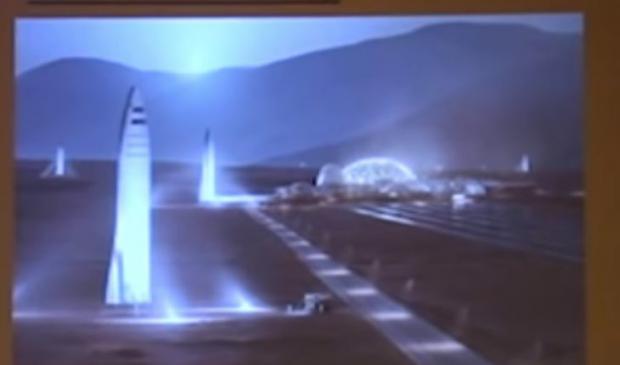
Breaking News
 This roof paint blocks 97% of sunlight and pulls water from the air
This roof paint blocks 97% of sunlight and pulls water from the air
 'Venomous' Republican split over Israel hits new low as fiery feud reaches White House
'Venomous' Republican split over Israel hits new low as fiery feud reaches White House
 Disease-ridden monkey that escaped from research facility shot dead by vigilante mom protecting...
Disease-ridden monkey that escaped from research facility shot dead by vigilante mom protecting...
 Hooters returns - founders say survival hinges on uniform change after buying chain...
Hooters returns - founders say survival hinges on uniform change after buying chain...
Top Tech News
 The 6 Best LLM Tools To Run Models Locally
The 6 Best LLM Tools To Run Models Locally
 Testing My First Sodium-Ion Solar Battery
Testing My First Sodium-Ion Solar Battery
 A man once paralyzed from the waist down now stands on his own, not with machines or wires,...
A man once paralyzed from the waist down now stands on his own, not with machines or wires,...
 Review: Thumb-sized thermal camera turns your phone into a smart tool
Review: Thumb-sized thermal camera turns your phone into a smart tool
 Army To Bring Nuclear Microreactors To Its Bases By 2028
Army To Bring Nuclear Microreactors To Its Bases By 2028
 Nissan Says It's On Track For Solid-State Batteries That Double EV Range By 2028
Nissan Says It's On Track For Solid-State Batteries That Double EV Range By 2028
 Carbon based computers that run on iron
Carbon based computers that run on iron
 Russia flies strategic cruise missile propelled by a nuclear engine
Russia flies strategic cruise missile propelled by a nuclear engine
 100% Free AC & Heat from SOLAR! Airspool Mini Split AC from Santan Solar | Unboxing & Install
100% Free AC & Heat from SOLAR! Airspool Mini Split AC from Santan Solar | Unboxing & Install
 Engineers Discovered the Spectacular Secret to Making 17x Stronger Cement
Engineers Discovered the Spectacular Secret to Making 17x Stronger Cement
Mars Direct 2.0 Using SpaceX Starship

From the annual International Space Development Conference organized by the National Space Society and held from June 6-9, 2019 in Arlington, VA.
The first Mars Direct proposal was made by Zubrin in 1990. It is now 29 years later. NASA robotic missions have been very productive.
The NASA Mars plan is absurd. Everything about it is to develop things that are not needed and give inferior capabilities.
Zubrin was on the Ares team in 1988 that made the design for what became the SLS (Space Launch System).
The thinking was that the Ares would be flying by 1994 as it was only the Space Shuttle stack without the orbiter.
120+ tons to low earth orbit will get you 40 tons to trans Mars injection. 120+ tons to LEO would be SpaceX Starship, advanced SLS or a Saturn V.
Robert Zubrin describes how it would be better for Starship to fly to near-earth escape at a delta-V like the trans-lunar injection orbit. This would increase the reuse of the of main flight hardware by 100 times. He proposes flights back from Mars with mini-starships.
Zubrin talks about using the 6-month trip to Mars orbit. This takes about 4.2 km per second delta-V. This orbit has a 2-year orbit back to Earth if they need to abort the trip. Instead of going faster it is better to carry more payload.



